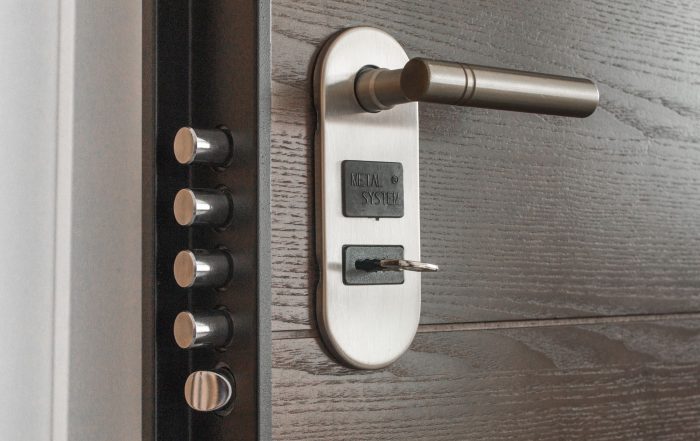
The Drawbacks of PIR Sensors
Passive Infrared, better known as PIR sensors has become ubiquitous […]
Passive Infrared, better known as PIR sensors has become ubiquitous in various applications, from security systems to home automation. These sensors work by detecting changes in infrared radiation, typically emitted by living beings and other heat-emitting sources. While they can offer several advantages, it’s crucial to delve into their limitations to make informed decisions when implementing them in different scenarios.
Limited Range and Field of View:
PIR sensors are known for their limited range and narrow field of view. This means that they might not be suitable for applications that require wide-area coverage or the detection of objects beyond a specific distance. In large spaces, multiple sensors may be necessary to ensure comprehensive coverage, increasing the overall cost and complexity of the system.
PIR Sensors and False Alarms:
PIR sensors are sensitive to changes in heat patterns, and this sensitivity can lead to false alarms. Factors such as moving curtains, hot air drafts, or even changes in ambient temperature can trigger the sensor, resulting in unnecessary alerts. This susceptibility to false alarms can be a significant drawback in security applications, leading to decreased reliability and increased frustration.
Limited Discrimination Capability:
They are not designed to identify specific objects or differentiate between different types of heat sources. As a result, they may struggle to distinguish between humans, animals, and inanimate objects. In scenarios where precise discrimination is crucial, such as in advanced surveillance systems, the limitations become evident.
Inability to Penetrate Obstacles:
PIR sensors rely on line-of-sight detection, which means they cannot penetrate obstacles. If there are barriers between the sensor and the target area, such as walls or furniture, the sensor’s effectiveness may be significantly reduced. This limitation makes them less suitable for applications where detecting motion through obstacles is essential.
Power Consumption and Environmental Impact:
PIR sensors require a constant power supply to operate. In battery-powered devices, this can lead to higher energy consumption, impacting the device’s overall lifespan and necessitating frequent battery replacements. Additionally, their production and disposal contribute to electronic waste, raising environmental concerns.
Weather Sensitivity:
PIR sensors can be affected by extreme weather conditions. Rain, snow, or fog can interfere with the sensor’s ability to detect infrared radiation accurately, leading to reduced performance during adverse weather. This sensitivity makes them less reliable in outdoor applications where exposure to the elements is inevitable.
The Better Alternative to PIR Sensors:
NoEntry by Sonis is a great alternative for your home security needs. Using our patented technology, NoEntry eliminates the need for any motion, door, and window sensors. This means you get whole-home protection from a single unit as NoEntry covers all doors and windows in your property. Additionally, if you have an integral garage or conservatory, NoEntry covers that too.
Conclusion:
PIR sensors have proven to be valuable in numerous applications. However, it’s essential to consider their limitations and weigh them against the specific requirements of a given scenario. Alternative technologies, such as NoEntry by Sonis are better suited for certain applications, offering improved performance in areas where PIR sensors fall short. Ultimately, a thorough understanding of the advantages and disadvantages of PIR sensors is crucial for making informed decisions in designing effective and reliable sensor-based systems.



